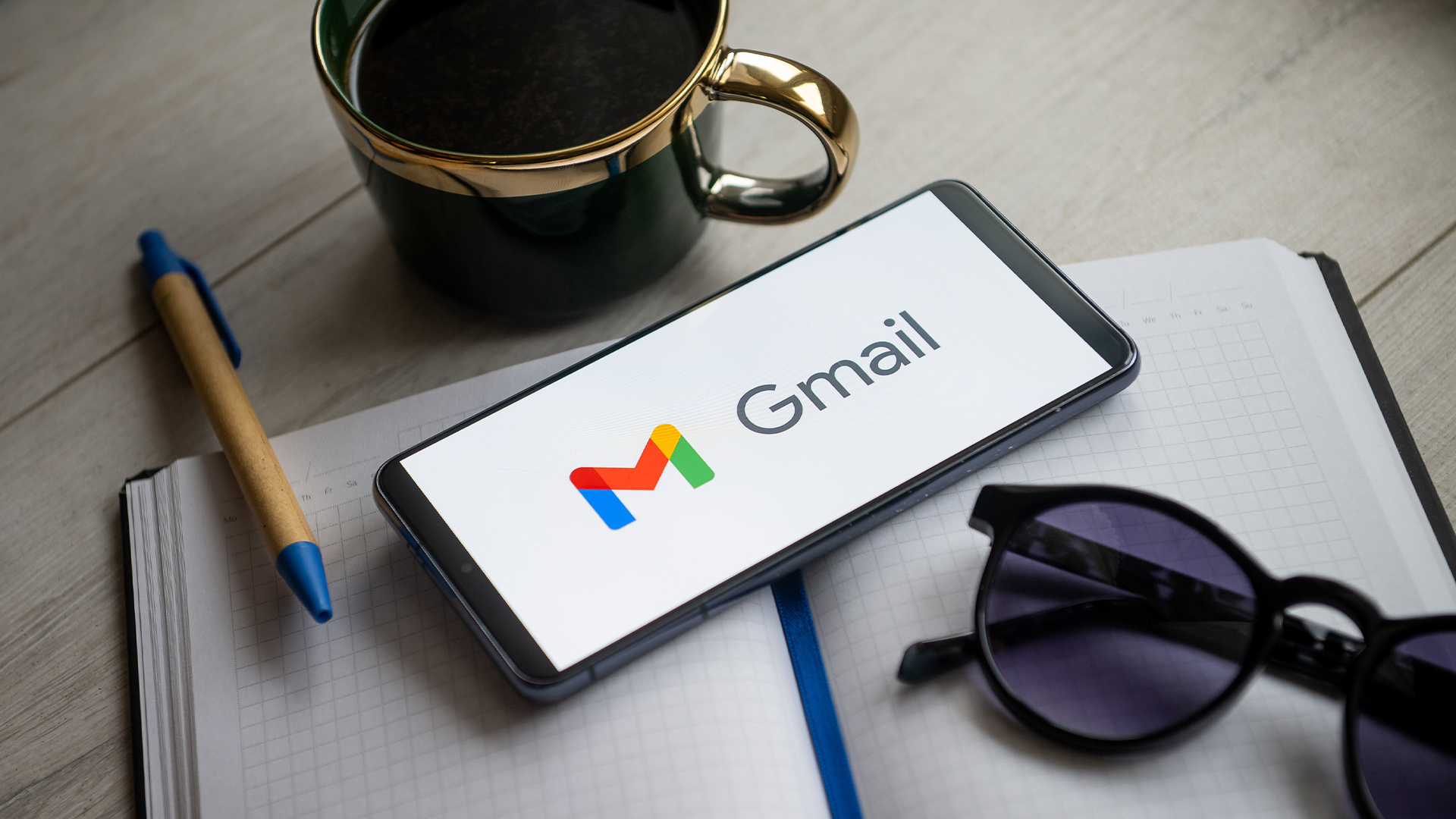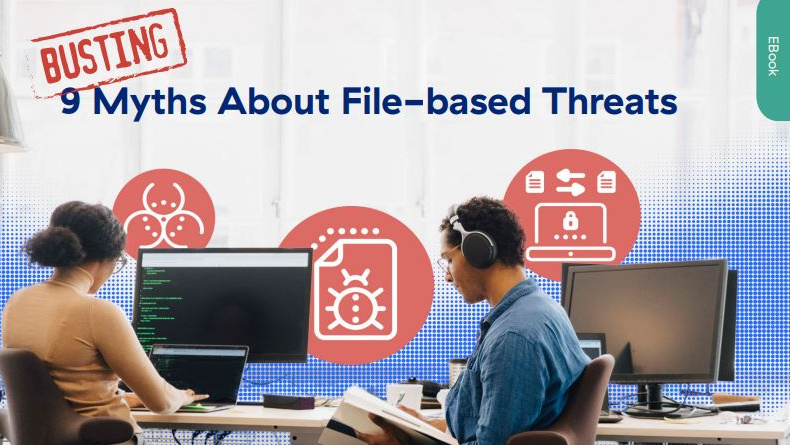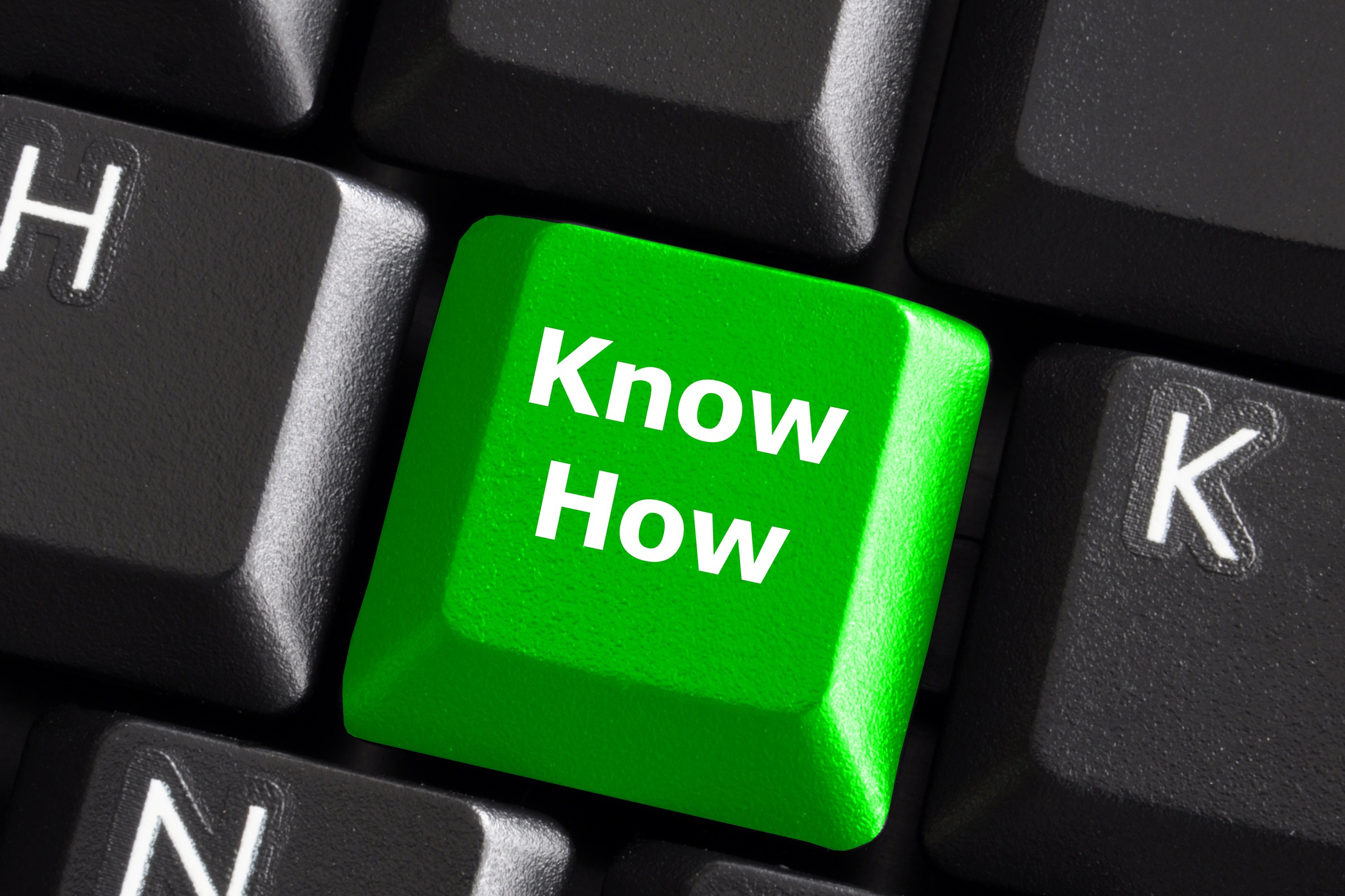Gmail at 20: Why Google's iconic email service still shines in the age of AI
Gmail started life 20 years ago leading the game with its storage and search capabilities - and a fresh influx of AI features means it will continue to dominate


Since launching 20 years ago, Gmail has not only become one of Google’s flagship products, but the go-to email client for netizens in both the consumer and enterprise spheres.
Gmail’s launch was initially greeted as an April Fools joke, something founders Larry Page and Sergey Brin had become somewhat renowned for in Silicon Valley.
But unlike previous pranks, this was no joke, and the email client went on to become hot property due to its restricted availability on launch and market-leading storage capacity.
Gmail launched with an eye-watering (for the time) 1GB of storage space, which dwarfed the options offered by competing solutions, allowing users to store thousands of emails, rather than mere hundreds other clients could muster.
Paltry storage offerings such as these appear laughable in 2024, but for its time this was groundbreaking. Just a year later, Gmail cemented its credentials as a major player in the email space by doubling the storage capacity offered to normal accounts to 2GB.
Georges Harik, product management director for Gmail, stated at the time that Google would “keep giving people more space forever”, and the search giant stayed true to its word over the the next decade or so -Gmail continued to increase its storage up to 15GB per user with the introduction of other Google services such as Drive and Photos.
Eventually, in 2018 Google launched its consumer subscription service Google One, which allowed users to pay for additional storage above the 15GB free allocation, up to 2TB.
Sign up today and you will receive a free copy of our Future Focus 2025 report - the leading guidance on AI, cybersecurity and other IT challenges as per 700+ senior executives
Gmail search options were a step change for users
Another key feature that set Gmail apart from the rest of the field was its market-leading search capabilities. Alongside its expanded storage capacity, Gmail was paired with Google’s search expertise to bring enhanced search functionality to its email client.
This gave users the ability to efficiently organize and find specific emails from the thousands of messages the client could now store with its bolstered storage offering. Google placed its bets on user convenience as a key differentiator early on, and it certainly worked.
The email client’s rise to prominence has been nothing short of remarkable over its 20 year life span. In a fiercely competitive market space, Google battled its way into a strong position alongside other industry giants such as Apple and Microsoft.
Gmail now boasts an estimated 1.2 billion users, meaning roughly one-in-seven people around the world are using the service as their preferred email client.
As it stands, Gmail is the second most popular email client, according to research by email marketing platform Litmus. Calculated using responses from over 1.3 billion opens on Litmus Email Analytics in February 2024, Gmail had a 31.16% market share, with Apple taking the top spot with 55.64%.
The cornerstone of Google’s Workspace suite
As well as being the default email client for a large swathe of private individuals, Gmail forms a core part of Google’s Workspace suite alongside its Meet and Docs products.
Google Workspace was first introduced as Gmail for Your Domain in February 2016, and the service was quickly renamed Apps for Your Domain the same year.
In 2016 Google changed the name once more, settling on G Suite, before going through a final rebrand and unveiling the Workspace name in 2020. The tech giant has previous with rebranding - and scrapping - product ranges, and this was no different.
As recently as 2024 the company has embarked on a major rebranding, with the company’s new flagship AI offerings renamed under the Gemini banner.
Google said it had over 3 billion users in December 2022, of which 8 million were paying customers. The firm told Business Insider this had increased to nine million in mid-2023.
Gmail in the AI era
Gmail has received a raft of new features in recent years, with AI being at the forefront of the innovations the search giant has made to its email system. Users can now use AI to write emails using the ‘Help me write’ tool, for example
This feature uses LLMs to generate draft emails based on prompts provided by the user, which can then be refined depending on the user’s needs.
Gmail also offers a Smart Compose feature that uses a hybrid language generation model to offer word suggestions – in English, Spanish, French, and Italian, that users can accept or reject using the tab button.
Information-heavy emails, such as restaurant reservations or flight tickets, are processed with machine learning to generate summary cards to provide the essential details in the message at a glance.
RELATED WHITEPAPER

These summary cards also prompt the user to add events to their Google Calendar, also enabling the reader to quickly look at their availability without having to leave their email client.
Another recent addition to Gmail is its Nudging feature that reminds users to respond to messages they may have missed. The first Gmail AI feature that runs on both sent and received emails, users will get a prompt to reply or follow up on various messages that have not had a response after a few days.
Two decades on from its initial unveiling, Gmail is still going strong and remains one of the most popular email clients around the world today. Gmail’s existence was (for a time) called into question amid speculation that the tech giant was sunsetting the service, however.
In February, a fake email circulated online sent users into a frenzy over fears that it planned to shut down the service. Google was quick to reassure users that Gmail is “here to stay” for the foreseeable future.

Solomon Klappholz is a former staff writer for ITPro and ChannelPro. He has experience writing about the technologies that facilitate industrial manufacturing, which led to him developing a particular interest in cybersecurity, IT regulation, industrial infrastructure applications, and machine learning.
-
 How SMBs can DIY their IT implementation and support
How SMBs can DIY their IT implementation and supportFeature For some small and medium-sized businesses, the third-party expertise and support might be out of reach. What’s the alternative?
-
 What the fragmentation of UC means for the channel
What the fragmentation of UC means for the channelIndustry Insights If communications are becoming fragmented, what does that mean for MSPs and VARs?